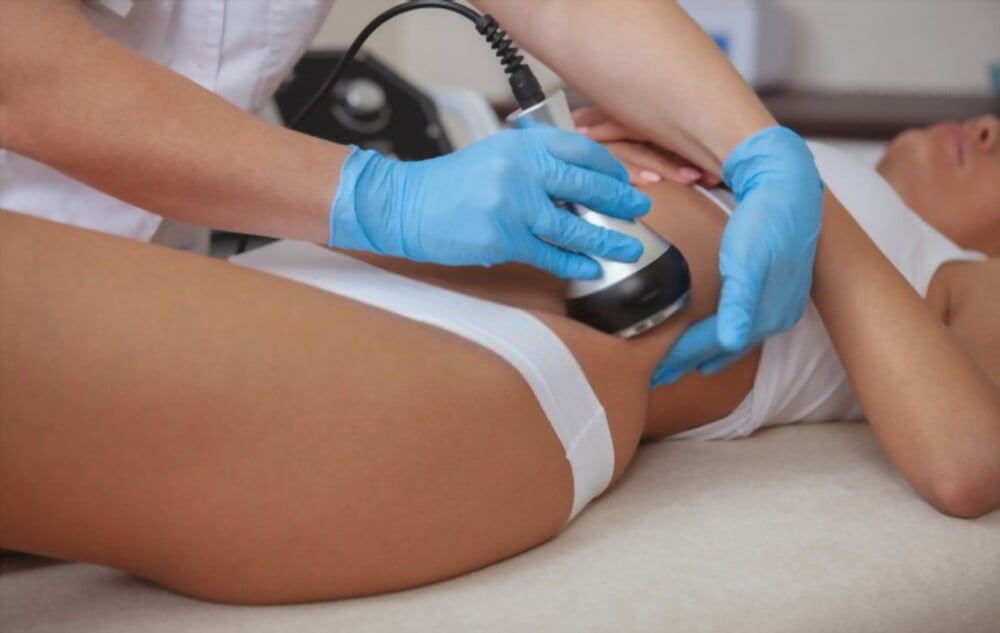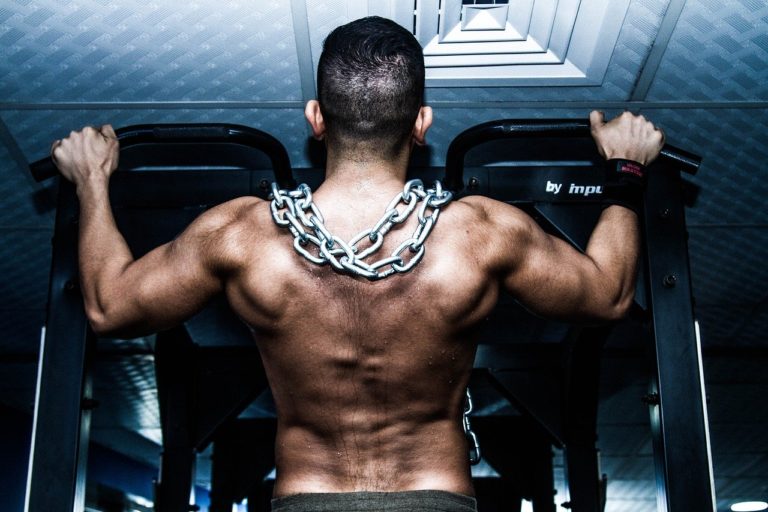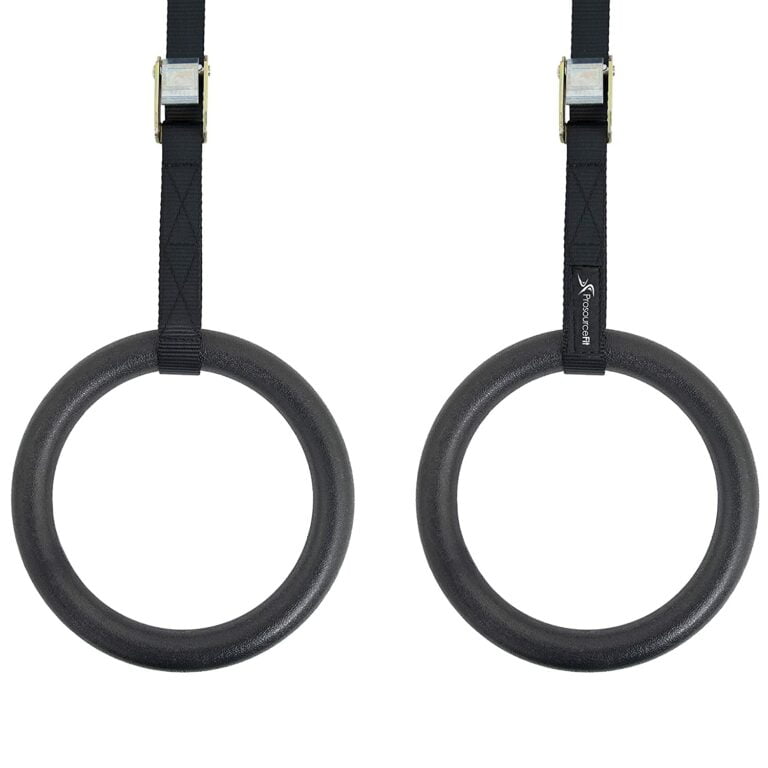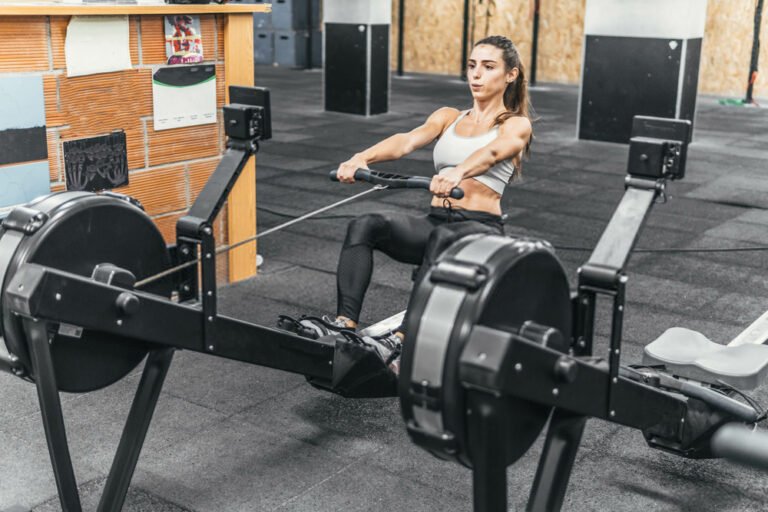How Often Can You Do Ultrasonic Cavitation?
Are you thinking about trying a new skin-enhancing technique but are skeptical about the pain? Don’t be!
Ultrasonic cavitation is a process that uses sound waves to break down fat cells in the area you want to trim.
The process may sound intense, but it doesn’t hurt as much as other methods like laser lipo or electroshock therapy.
But how often can you sit through ultrasonic cavitation? How many treatments do you need to go through till your abdomen, thighs, and love handles are shaped the way you want?
Read on for the answer and to learn more about ultrasonic cavitation.
Ultrasonic cavitation is sometimes confused with liposuction, so let’s first take a brief look at their similarities and differences.
Both ultrasonic cavitation and liposuction are treatments to remove fat from the body, but that’s the only similarity between them.
The most significant difference between the two is that ultrasonic cavitation does not cut through the skin like liposuction.
In addition, ultrasonic cavitation does not require a long recovery time, making it more desirable to people who want to maintain their daily lives while recovering from surgery.
Ultrasonic cavitation is far less invasive and time-consuming procedure than liposuction making it a better choice for clients with busy lives.
It sends ultrasonic sound waves into the areas of the fat cell and eliminates fat. When these sound waves pass into these cells, they compress the cell and rupture them.
It then eliminates the ruptured cell from your body through your lymphatic system. Ultrasonic cavitation is not just limited to fat cells.
It can also remove liquid, excess water in other body parts such as the abdomen, buttocks, and thighs which will result in a more toned and youthful appearance.
If you wish to have an ultrasonic cavitation, it is essential that you have a good health condition. It is not safe for people with heart conditions, kidney failure, or high blood pressure.
How does the procedure work and which are the targeted areas for the procedure?
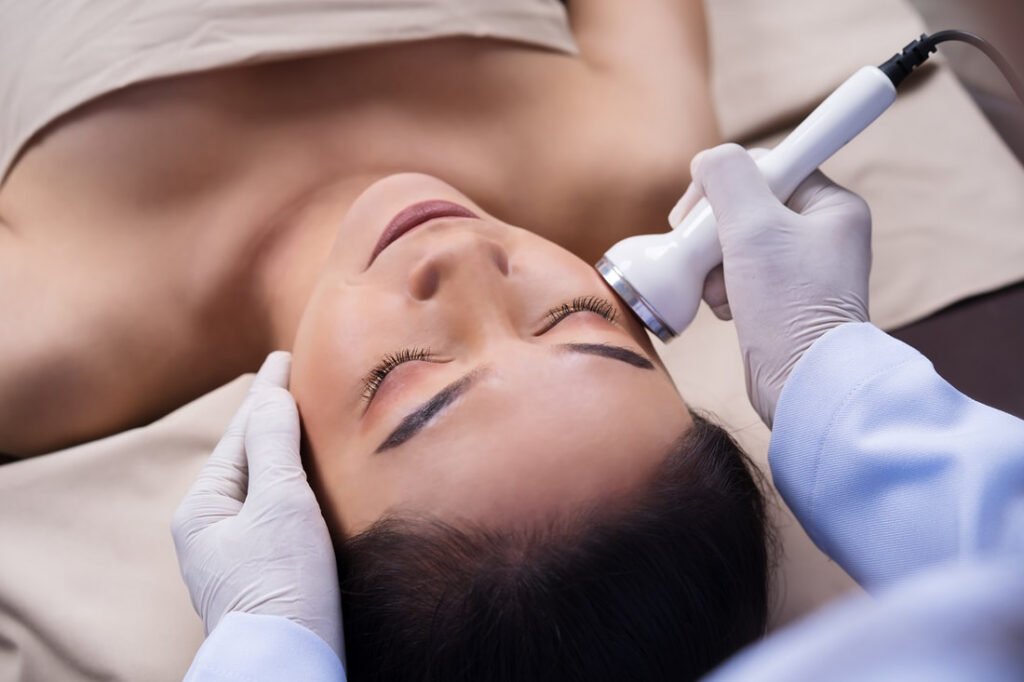
The procedure for ultrasonic cavitation is simple. First, a topical anaesthetic is applied to the place you want to treat.
Next, a cavitation generator device that uses high-frequency mechanical vibrations to target fat cells makes its way across the skin and fat layer, breaking down fat cells as it goes.
It may sound like it would hurt a lot but it isn’t too bad; you may feel slight discomfort and hear popping noises while the process goes on.
However, these devices do not dig deep into your body. Instead, they run just under the skin and work on only about 2 millimeters of tissue at a time.
This procedure is fast, and the pain ends only after a few minutes after the treatment so that you can continue your typical day.
To monitor the process in your body, you need to visit your doctor for regular check ups. Also, strictly follow all of the instructions for aftercare such as when to wear compression garments and how often you can exercise.
What areas does ultrasonic cavitation work in?
Ultrasonic cavitation effectively removes excess fat in the abdomen area, love handles, buttocks, thighs, and calves.
In certain cases, ultrasonic cavitation can be applied either to the face or the body, depending on individual needs.
However, this technique should not be used on delicate areas such as skin near eyes and lips.
How has ultrasonic cavitation been used to remove fat?

Ultrasonic cavitation is the fastest and most efficient way to reduce fat in the body.
You can use ultrasonic cavitation on a limited basis to remove fatty tissues from the bellies, the arms, thighs, and buttocks that are too small for laser lipo procedure.
However, it is important to know all other necessary measures before you go through with ultrasonic cavitation. Because you are going to invest financially and physically to go through with this procedure, therefore you need to know all the important measures related to it.
What to expect
The procedure usually takes about 10 to 20 minutes to perform. No pain or incisions are required.
The procedure can be done in an outpatient facility. But, you must not drink alcohol for 24 hours before and after the procedure because alcohol can cause excess bleeding.
You will need to wear compression garments for at least a week following the treatment and not exercise during this time.
You may return to work two days after the treatment but avoid heavy lifting for five days. If you have liposuction combined with ultrasonic cavitation on your love handles, consider spending up to three weeks in recovery before resuming work or exercise regimen.
Who is the perfect candidate for this procedure and who is not?

This procedure is not suitable for people who have heart or kidney problems. In addition, people with high blood pressure and diabetes are not right to go for this procedure.
You should also avoid going for Ultrasonic Cavitation if you are pregnant or breastfeeding or have certain medical conditions such as heart disease, glaucoma, blood clots, high blood pressure, or other impairments of blood vessel function.
Ultrasonic cavitation is not a long-term solution; it will give only temporary measures.
The procedure is a good choice for people interested in having better control over their bodies, want to end excess fat, and speed up the removal of fat in areas that aren’t possible with other procedures.
Those who have a hectic lifestyle and see no way to cut down their body fat can benefit from the ultrasonic cavitation procedure.
It does not require them to spend hours lying like that in liposuction surgery; instead, they can go about their day as usual.
What is the recovery time after ultrasonic cavitation?
You can resume your normal activities right away but should refrain from strenuous exercise for 12 to 48 hours following the procedure.
After the procedure, you should wear compression garments for at least three days. You can swim after two days, but avoid heavy exercises until the post-op checkup.
How is it treated with radio frequency?

The patient is placed in a treatment chair while the RF radio frequency generator emits radio frequency energy.
The RF energy passes through the skin and fat layer of the patient’s body and heats the fat cells.
The heat generated by the RF energy causes the walls of the fat cells to expand, thus stretching them to break their connective bonds with neighbouring cells.
Are laser lipo and ultrasonic cavitation the same?

No, and they are not the same, even though both procedures involve high-frequency electronic vibrations to break down fat cells.
Laser liposuction is a more invasive procedure because it involves using a laser to burn away areas of fat within your body.
It does not require compression garments, and there is no recovery time afterward. Laser lipo is a standalone procedure with no other procedures performing at the same time, and many people decide to do it alone.
Ultrasonic cavitation is an excellent choice for people who want to end fat quickly and easily because it does not require you to lie in bed for recovery before resuming your normal activities.
It is a nonsurgical procedure because it removes the fat without incisions.
Are coolsculpting and ultrasonic cavitation the same?
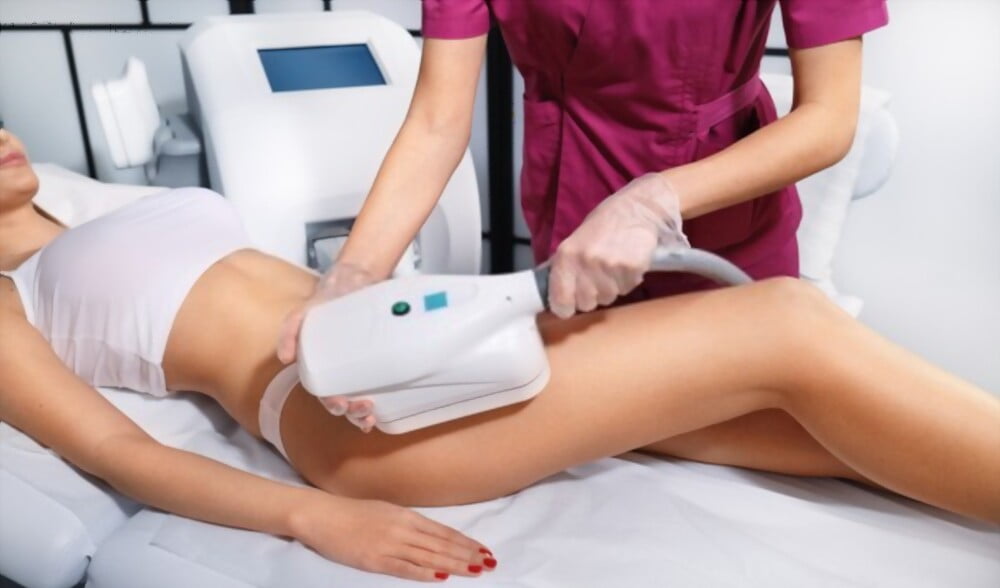
Coolsculpting is a fat-freezing procedure that uses state-of-the-art technology to heat fat cells and reduce them. Ultrasonic cavitation uses ultrasonic technology to break down fat cells under the skin.
Coolsculpting is considered a last resort procedure for people who have tried diet and exercise but are still battling excess body fat.
Ultrasonic cavitation is often performed in combination with other procedures such as liposuction to ensure maximum results.
Ultrasonic cavitation does not have any side effects on the treated areas, but coolsculpting can cause swelling, pain, bruising, redness, and tenderness at the site of treatment areas. There is also a risk of infection due to the use of a needle in coolsculpting techniques.
Post-treatment care for ultrasonic cavitation

- Avoid drinking alcohol and eating certain foods 24 hours before the procedure and three days after the process.
- Wear compression garments for as long as you require to decrease swelling and prevent bruising.
- Avoid complex physical activity for 12 to 48 hours.
- Do not lift more than 10 pounds during exercise training of any kind until the pain has completely subsided (usually between one and three days following treatment).
- Avoid surgery or any other procedure that involves an incision for at least three months after the treatment.
- After ultrasound fat reduction, do not engage in a heavy exercise program for at least three weeks.
- Eat a well-balanced healthy diet consisting of fruits, vegetables, whole grain products, and lean protein for two days after the treatment.
- Drink plenty of water to help heal any post-treatment bruising and swelling.
How often can you do ultrasound cavitation?

You will need to go through a series of treatments because fat cannot be removed permanently from your body in the first session.
The exact number of treatments you will need will depend on the part of your body that has fat deposits.
You can do the procedure on your abdomen once every three months for the best results. For other parts such as your arms and legs, you can do the treatment once every six months.
It would take about six sessions of ultrasound cavitation to achieve optimal results in certain specific body areas.
What is the cost of ultrasound cavitation?

Ultrasonic cavitation treatments can cost anywhere from $300 to over $1,000. The price ranges depending on how many sessions you go through and where you do the treatment. Many services online provide quality treatments at affordable prices.
Final thoughts

Ultrasonic Cavitation is a safe and effective procedure for those who are after high-quality, effective results but find that Laser Lipo is too invasive for their lifestyle.
Ultrasonic cavitation only requires you to take time off from your activities for 24 hours, making it the perfect procedure if you have a very busy lifestyle.
It will take approximately 6-10 sessions to get the desired results and patients often find the results to be well worth the wait.
When you want fast treatment with no recovery time, Ultrasonic Cavitation is the right choice. It is one of the safe ways to reduce unwanted fat and is non-invasive.
